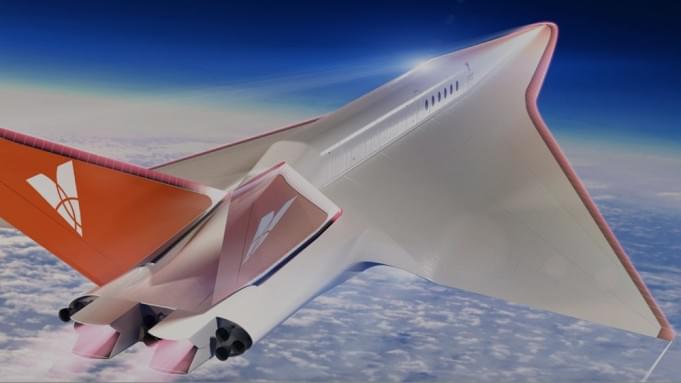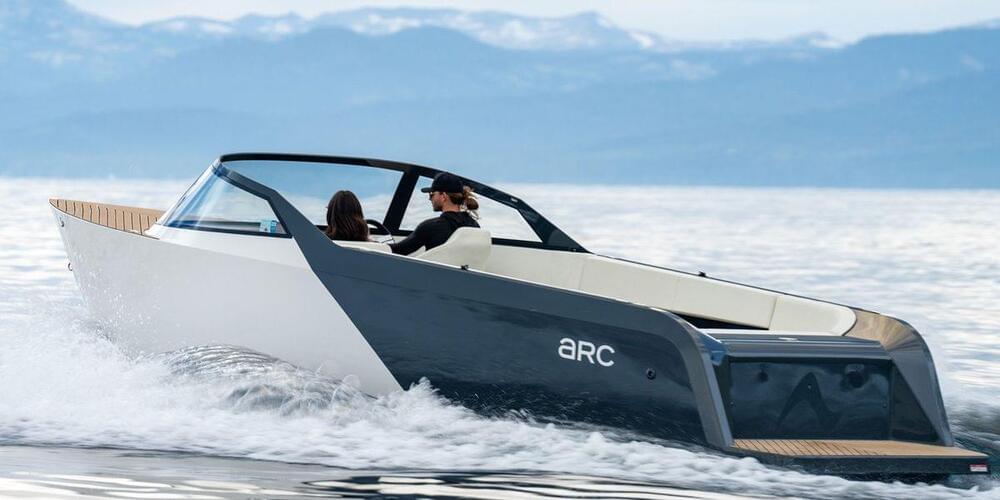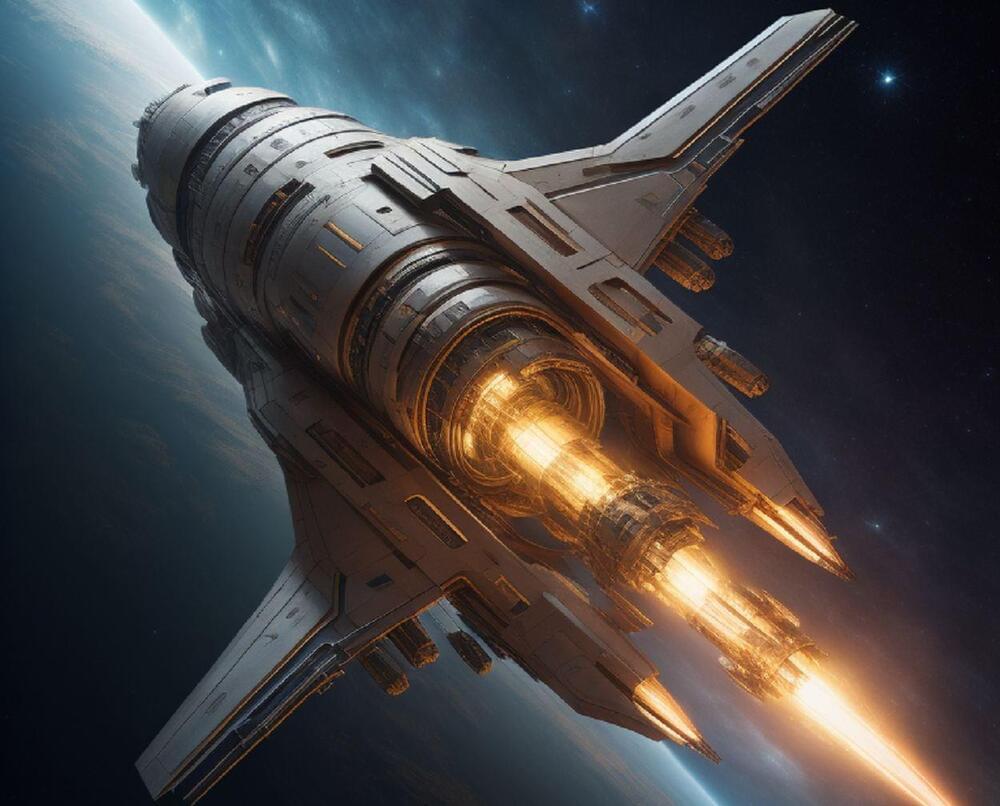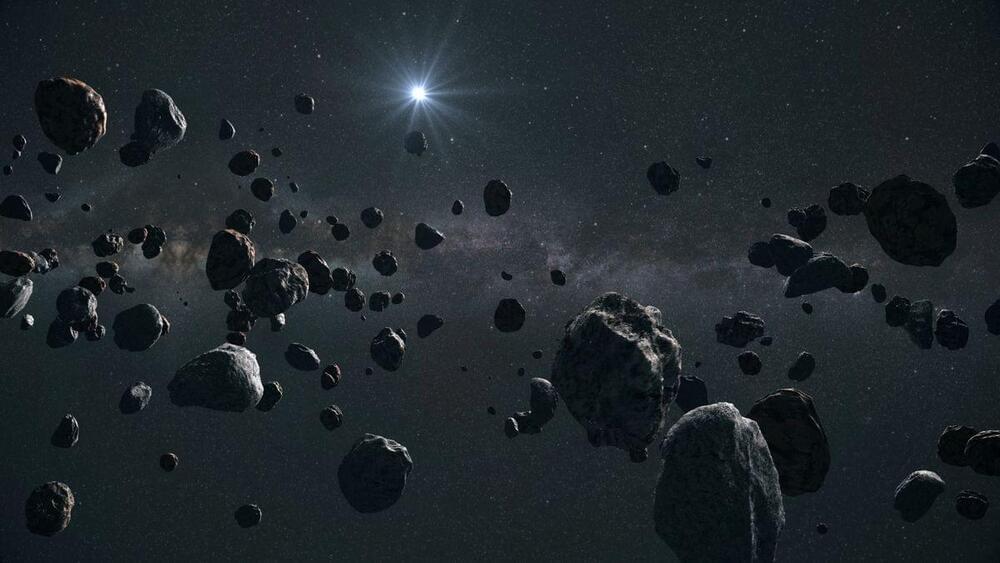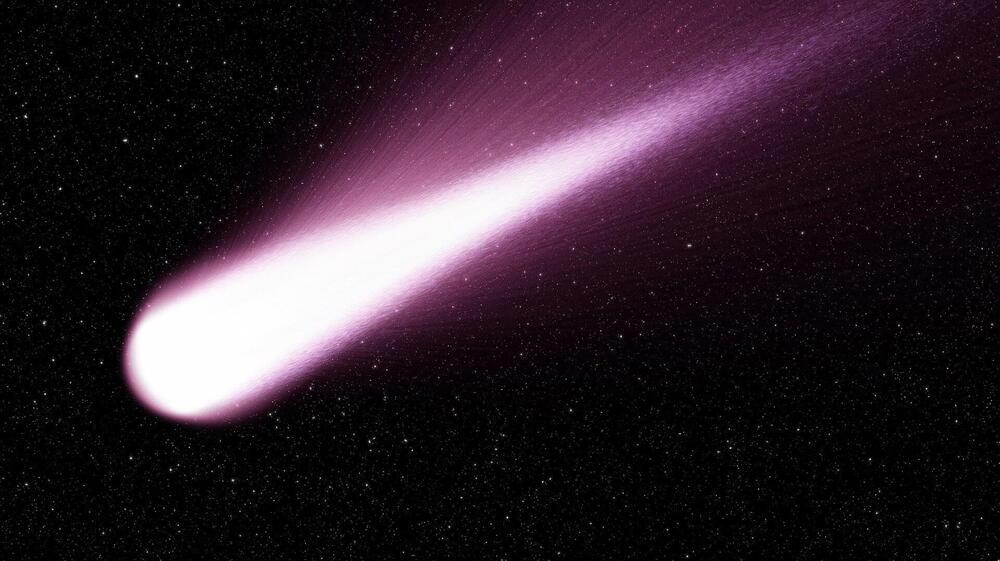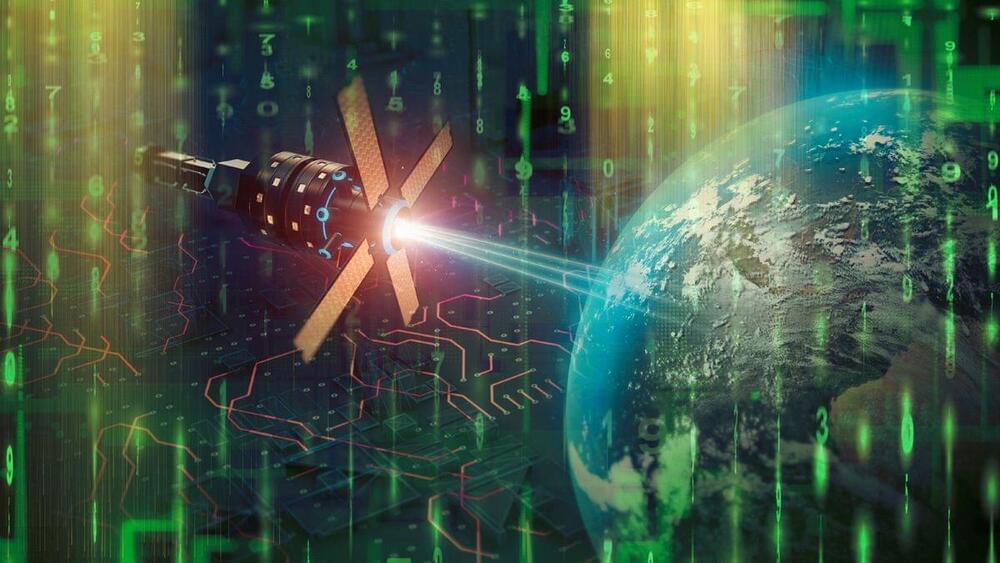Texas-based Venus Aerospace is working with rotating-detonation propulsion technology to turn the “Stargazer” from sci-concept to Mach-9 business jet that flies at 6,900 mph.
Category: space – Page 236
The nation wants to become a leader in space exploration.
As the NASA-led International Space Station (ISS) approaches the end of its life cycle by the 2030s, China wants to increase the size of its space station from three to six modules over the next several years, according to a new report by Reuters.
The newly expanded space station will give astronauts from other countries a different platform for near-Earth missions and will be operational for more than 15 years.
The orbital telescope is slated for launch in 2024.
China’s commitment to space exploration is evident through its active advancements, ranging from building its own space station to setting ambitious goals of sending humans to the Moon by 2030. They are leaving no stone unturned in their quest for space exploration.
China’s space agency has been hard at work preparing for another maiden mission, the Xuntian space telescope, which translates roughly as “surveying the heavens.”
Mitch Lee can tick off the many environmental advantages of electric boats versus ICE counterparts that rule the waves: No exhaust fumes and pollution. No oil slicks trailing in the wake. No guzzling of pricey marine fuel at 2 kilometers-per-liter or less.
But with all respect to the Sierra Club, Arc Boats isn’t in business to save the planet.
“The climate benefits are certainly there. But our goal is to deliver better boats, period,” says Lee, the CEO and former Boeing engineer whose cofounder and CTO, Ryan Cook, is the former lead engineer of Space X.
And its CTO from Space X.
Missions to the Moon, missions to Mars, robotic explorers to the outer Solar System, a mission to the nearest star, and maybe even a spacecraft to catch up to interstellar objects passing through our system. If you think this sounds like a description of the coming age of space exploration, then you’d be correct! At this moment, there are multiple plans and proposals for missions that will send astronauts and/or probes to all of these destinations to conduct some of the most lucrative scientific research ever performed. Naturally, these mission profiles raise all kinds of challenges, not the least of which is propulsion.
Simply put, humanity is reaching the limits of what conventional (chemical) propulsion can do. To send missions to Mars and other deep space destinations, advanced propulsion technologies are required that offer high acceleration (delta-v), specific impulse (Isp), and fuel efficiency. In a recent paper, Leiden Professor Florian Neukart proposes how future missions could rely on a novel propulsion concept known as the Magnetic Fusion Plasma Drive (MFPD). This device combines aspects of different propulsion methods to create a system that offers high energy density and fuel efficiency significantly greater than conventional methods.
Florian Neukart is an Assistant Professor with the Leiden Institute of Advanced Computer Science (LIACS) at Leiden University and a Board Member of the Swiss quantum technology developer Terra Quantum AG. The preprint of his paper recently appeared online and is being reviewed for publication in Elsevier. According to Neukart, technologies that can surmount conventional chemical propulsion (CCP) are paramount in the present era of space exploration. In particular, these technologies must offer greater energy efficiency, thrust, and capability for long-duration missions.
Astronomers spotted Jupiter-mass binary objects (JUMBOs) in the Orion constellation, and they don’t know how the objects formed.
Scientists generally, said NSF’s Lisa Winter, will be able to view a very active corona — or upper atmosphere of the sun — during the precious minutes that the sun is nearly completely blocked by the moon. The sun is nearing its maximum of solar activity in its 11-year-cycle, unlike the last U.S. total solar eclipse of 2017, meaning that “the corona will be very active this time around,” said Winter, who is NSF’s program director for solar-terrestrial research.
Solar activity has an immense impact on the ionosphere, which is a layer of Earth’s atmosphere that interacts with electromagnetic radiation from above and below its extent. These interactions affect the propagation of radio signals.
Astronomers may have detected a dozen large objects lurking beyond the Kuiper Belt at the edge of our solar system, suggesting there could be another equally massive, “second Kuiper Belt” hiding beyond the orbit of Pluto.
Agriculture in Syria started with a bang 12,800 years ago as a fragmented comet slammed into the Earth’s atmosphere. The explosion and subsequent environmental changes forced hunter-gatherers in the prehistoric settlement of Abu Hureyra to adopt agricultural practices to boost their chances for survival.
That’s the assertion made by an international group of scientists in one of four related research papers, all appearing in the journal Science Open: Airbursts and Cratering Impacts. The papers are the latest results in the investigation of the Younger Dryas Impact Hypothesis, the idea that an anomalous cooling of the Earth almost 13 millennia ago was the result of a cosmic impact.
“In this general region, there was a change from more humid conditions that were forested and with diverse sources of food for hunter-gatherers, to drier, cooler conditions when they could no longer subsist only as hunter-gatherers,” said Earth scientist James Kennett, a professor emeritus of UC Santa Barbara. The settlement at Abu Hureyra is famous among archaeologists for its evidence of the earliest known transition from foraging to farming. “The villagers started to cultivate barley, wheat and legumes,” he noted. “This is what the evidence clearly shows.”
Scientists worldwide are already using artificial intelligence to sort through huge amounts of data, suggesting that the future of astronomy belongs to AI.
